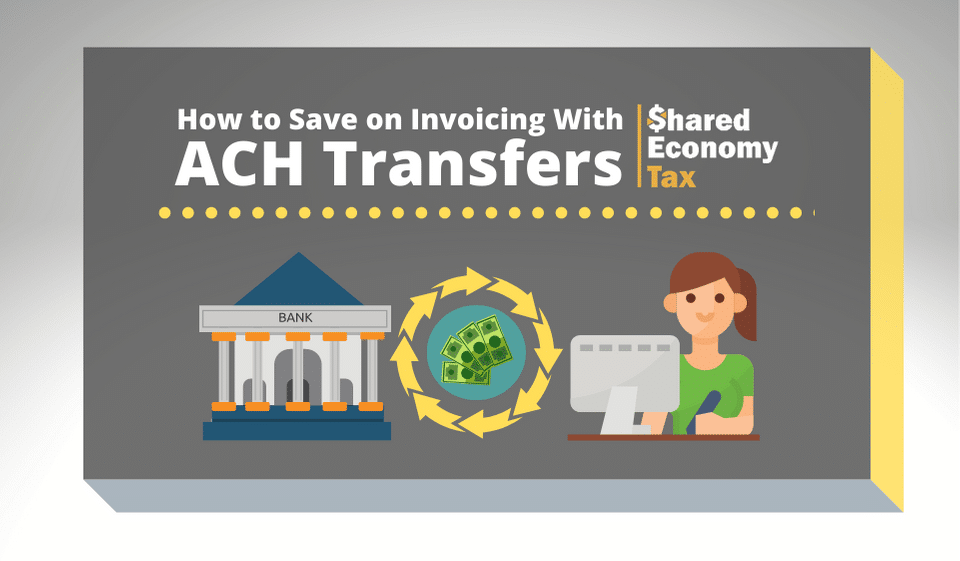Payment processing fees can add up. A few percentage points may not seem like much, but these fees can add up to thousands of dollars in extra costs by the end of the year. Requesting payments via ACH can result in significant savings over third-party invoicing services. ACH transfers are typically free, so you can collect on your invoices without paying a dime. Sending and receiving ACH payments is simple and convenient. Best of all, getting started is incredibly easy.
What is an ACH Transfer?
U.S. banks launched the ACH system in the 1970s as an electronic alternative to paper checks. The service quickly came into common usage due to its simplicity and affordability. These days, many third-party payment processors – like Venmo and Zelle – use the ACH network to facilitate transactions. However, you can also process an ACH transfer directly through your bank in most instances. All and all, 83% of businesses use ACH in some form. Typically, ACH funds become available within one business day, and initiating a transfer is free at many banks.
U.S.-based bank accounts can move money quickly and efficiently using an ACH transfer. ACH transfers can debit or credit funds directly into bank accounts. Utility companies commonly used them to withdraw funds from client accounts. They’re also commonly used for payroll. If you’ve ever received a direct deposit from your employer, the money probably came via an ACH transfer. Learn more about the ACH transfer system here.
ACH Transfer Basics:
Before you use ACH to process payments, you should understand what you’re dealing with. Here are a few things you should understand before you get started:
What Does ACH Stand For?
ACH stands for Automated Clearing House. ACH is a secure network that U.S. banks use to send and receive payments. Every day, transfer requests from banks all across the country are bulked together and facilitated in unison for maximum efficiency. As of 2018, the network groups transfer requests together three times per day. This frequent grouping helps transfers process more rapidly, so money shows up in your account faster.
How Long Does an ACH Transfer Take?
ACH transfers can process in as little as 2 hours. However, they can take anywhere from one to three days. Fund availability also varies by bank. Typically, ACH transfers requested during business hours arrive at their destination on the next business day.
What Do I Need to Accept ACH Payments?
All you need is a U.S. based bank account. You can’t use ACH to collect payments if both accounts aren’t based in the U.S.
ACH vs Wire Transfer
ACH transfers are usually cheaper than wire transfers, however, they take longer. Wire transfer funds typically post the moment they’re processed, but ACH transfers can take one to three days. Only U.S. bank accounts can utilize the ACH network, so you have to use a wire transfer to send and receive funds internationally. On the other hand, wire transfers are available throughout the globe.
How to Request an ACH Payment
ACH transfers are a popular way for freelancers and independent contractors to invoice their customers. To request payment via ACH, all you have to do is tell your client. You should also note on your invoices that you prefer payment via ACH. Your client just needs your account number and routing number, then they can process the ACH payment.
If you want to send money via ACH, you will need the same info. Usually, you can initiate an ACH transfer through your bank account. However, you might not have the option to send an ACH payment if you don’t have a business account. Check with your bank to learn more about processing ACH payments.
Freelance Tax Help
Small operational tweaks like this can help your business save lots, but ACH transfers are just the beginning. Proper accounting strategies and sound tax planning can make a huge difference for many freelancers. Shared Economy Tax specifically caters to independent contractors and freelancers, so most firms can’t match our in-depth expertise. Our tax experts can answer your most complex tax questions and introduce you to new ways to save. Request a one-on-one strategy session with one of our tax pros today to discuss all of your most pressing tax concerns. For more tax and accounting tips, subscribe to our newsletter using the form below.
